15 outdated Facebook marketing tactics (that you’re probably still using)
From Flyers and FBX to complex attribution modelling and full-funnel quality controls, Facebook’s evolved a lot over the last 15 years. But with new tools + features constantly appearing, disappearing and evolving, how do you know if your campaigns are the best they could be?
Here are 15 ways to tell if you’ve got your finger on the pulse, with the most advanced tactics available, or you’re living in the past…
Outdated Tactic #1: Link Clicks
- THEN – Link Clicks
- NOW – Standard Events
In the early days of digital ads, being able to drive someone directly to your website in one click was gold. Web traffic = business, right? Well, 15 years on, Facebook has the tools to do much more than encourage Link Clicks, and by optimising for traffic quantity, you may be losing out on Facebook’s tools to ensure traffic quality.
Whilst link clicks and conversion tracking have been around for some time – they didn’t tell the full story of people who clicked and didn’t convert. Did they run into an issue? Did your website load at all? Without using onsite tracking, you may be getting a false impression of your site visits and an incomplete picture of a customer’s journey.
Whether it’s a simple PageView for an article, or View Content for products in your online store, installing the Facebook Pixel and picking an onsite metric right at the top of the funnel will give you a better idea of how to measure success, plan your media spend, and help your ads optimise for the actions that you really want your audience to take. Got enough representative data to go all the way? If you’re acheiving 50 top of funnel conversions per week, it’s time to move even further down the funnel, until you’ve reached the end of the line: Lead, Complete Registration or Purchase.
Impact: By viewing user actions once onsite, we were able to increase investment in ad sets that generated the most revenue, rather than the most traffic.
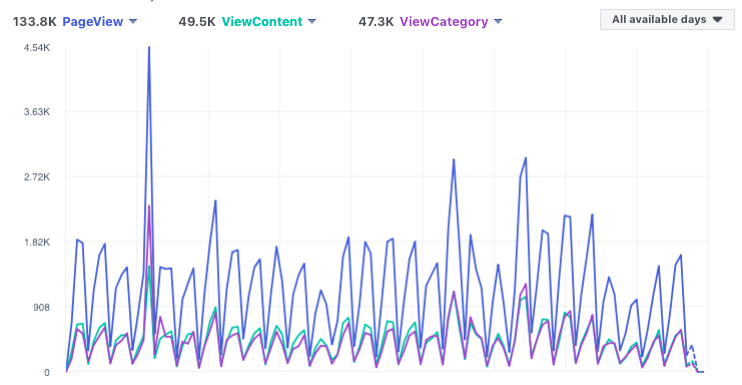
Outdated Tactic #2: Fans
- THEN – Fans
- NOW – Actions and Uplifts
Facebook has offered many reporting metrics over the years, including several that look great on a report, but have no impact on the bottom line. Page Fans is the ultimate, in that it’s not only easily manipulated, but Facebook offers an ad format specifically designed to manipulate it, the Page Likes ad.
So, which metrics signify success? The ones that contribute to your goal. If you’re chasing leads or sales, chances are this will be a pixel conversion: leads, purchases, revenue… But if you’re looking to build awareness and engagement, what signifies a deep or lasting involvement with your brand?
Facebook is attempting to answer this question with new metrics, like Ad Recall Lift, and we’ve still got some old faithfuls that truly signify brand advocacy, like the contribution of user generated content.
Impact: By measuring community growth and engagement through metrics that demonstrate extended attention, we measure true brand loyalty and impact.
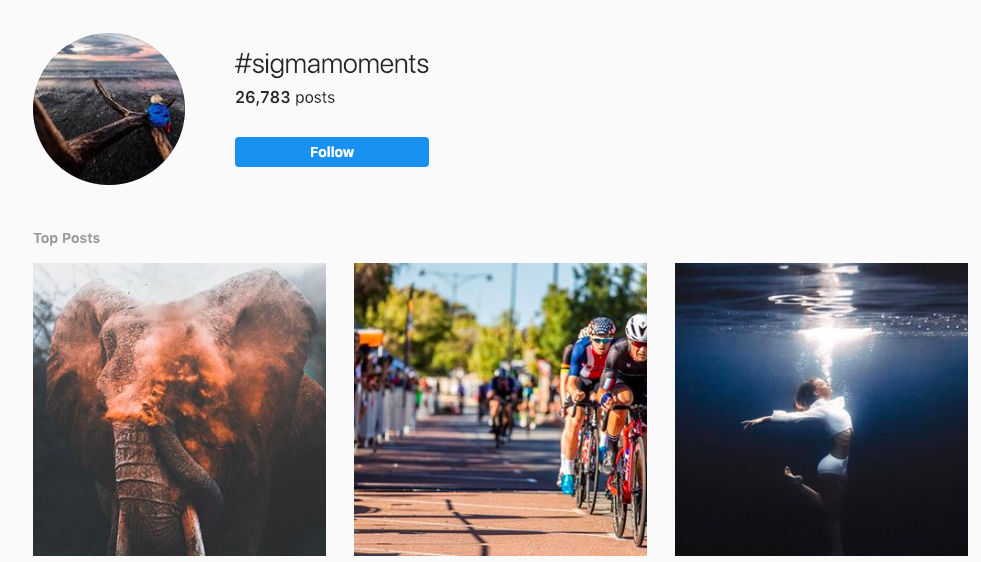
Outdated Tactic #3: They’re probably more aware…
- THEN – ‘They’re probably more aware…’
- NOW – In-store purchase tracking
One of the traits that convinced traditional marketers to give digital a go was the promise of immediate data on effectiveness, without paying for market research. But for a long time, Facebook advertisers were completely in the dark with in-store purchases, left with the messy world of attribution modelling.
With the introduction of offline conversion tracking, whether you’re measuring appointments or in-store sales, your customer data can be channelled through partner integration or direct upload, with clear, measurable insights that will help optimise your campaigns and provide a truer attribution model,
Impact: By tracking actual appointments or purchases with Offline Conversion tracking, we’re able to optimise for conversions that make a meaningful difference to a business’ bottom line.
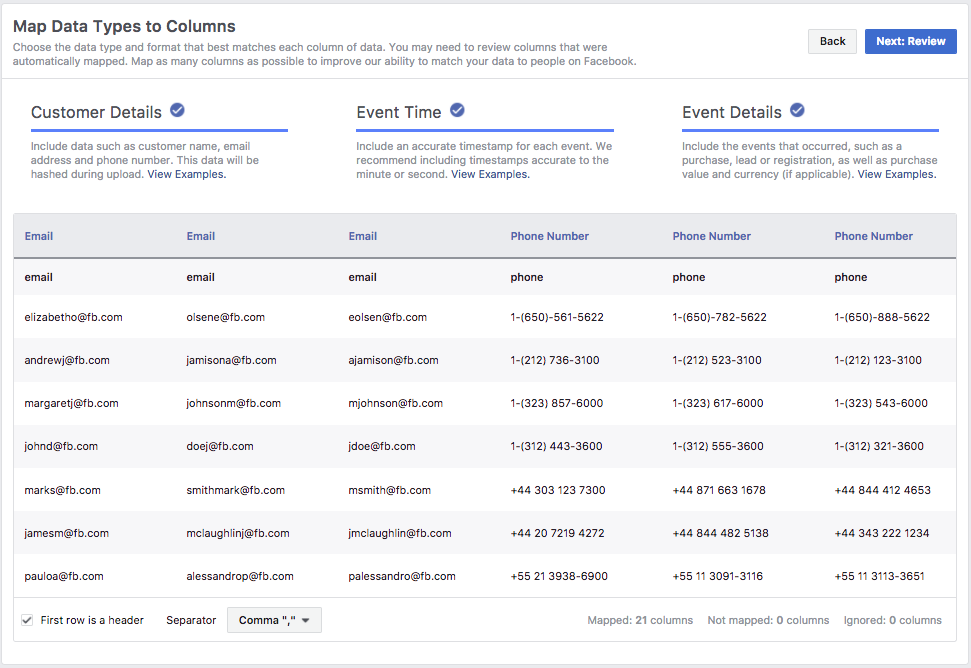
Outdated Tactic #4: Horizontal
- THEN – Horizontal
- NOW – Vertical
Discussing the importance of mobile is nothing new, but with 88% of facebook users accessing the platform via mobile, it’s more important than ever to design for the device that your content is viewed on, by the masses.
The biggest area in which marketers are lagging behind? Dimensions. A large proportion of us still have 1200px X 628px stuck in our heads, but for video, Facebook recommends keeping to a ratio of 4:5, and for link ads, 1:1.
Designing horizontally for a vertical screen sacrifices the best part of the mobile feed – the extended real estate. Vertical ads are purpose-built for the diminishing attention span of Facebook users, by increasing scroll time through an ad,.Capturing that extra attention is a huge opportunity to pass up.
Impact: A 1:1 formatted conversion ad takes up the whole of a mobile screen, lengthening the length of your impression as users swipe past, and allowing for the incorporation of larger design assets.
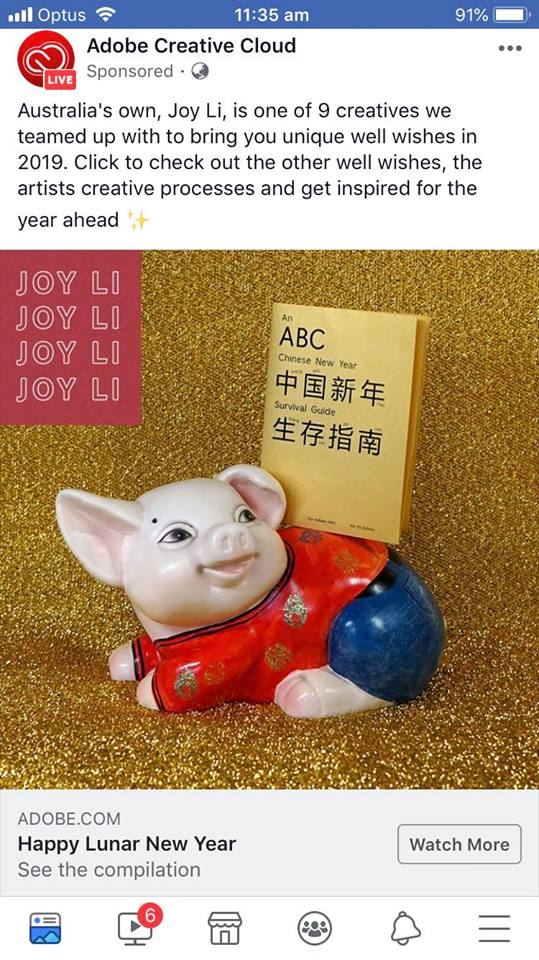
Outdated Tactic #5: Offer Claim Ads
- THEN – Offer Claim Ads
- NOW – Lead Ads with Autoresponder Emails
What’s better than supplying an engaging offer to your audience? Capturing their data at the same time!
To gain a truly epic offer, like a sizeable discount, customers are generally willing to part with personal info, so marketers can now do a lot better than the offer claim ad.
To action this, set up a lead generation ad, and personal details will auto-fill from the user’s account details. Then, connect your email software or CRM to Facebook (directly or using a tool like Leadsbridge or Zapier), and set up a single autoresponder email containing their coupon, triggered by entry into a new list or segment.
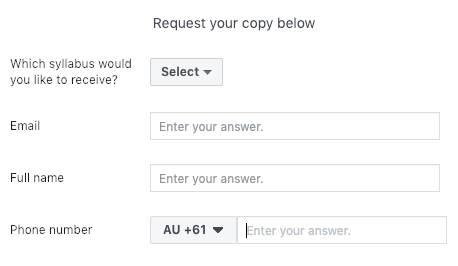
Impact: An offer claim, and an email capture, for the price of one, with none of the costs or effort of creating a landing page.
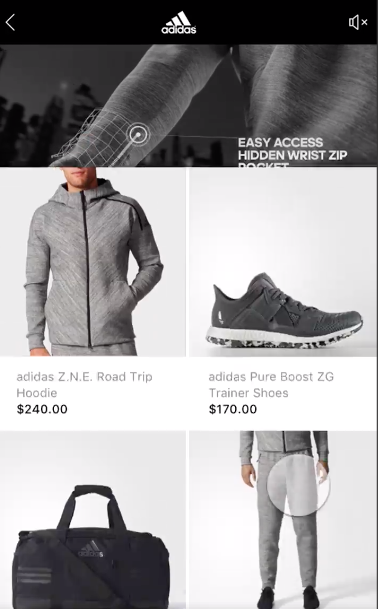
Outdated Tactic #6: Dynamic Product Carousels
- THEN – Dynamic Product Carousels
- NOW – Collection Ads
Don’t get me wrong – there’s still a place in travel and eCommerce campaigns for a good old Dynamic Product carousel.
But – if you haven’t tested the collection ad, you’re missing out. On top of a list of previously browsed products, this format incorporates a slot for video or imagery, and links to an instant experience, which can incorporate a fullscreen storefront.
What’s so great about this new form of ad type? As feeds get more crowded, brand storytelling becomes more important, to keep your social presence memorable. If you can combine storytelling with personalisation in a collection ad, you’re on to a winner.
Impact: Brand, product education and sales, all in one.
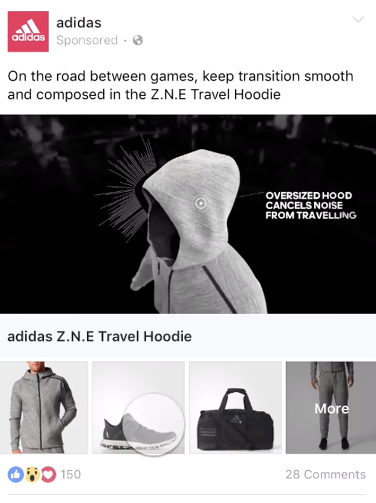
Outdated Tactic #7: Customer List Uploads
- THEN – Customer List Uploads
- NOW – CRM Integration
Want more time to focus on your strategy? Your first step is to automate more processes.
One of the quickest wins in this area is to connect your customer management system to your custom audiences. If you work with one of these CRMs, your lead ads could be set up to feed automatically into a list.
If you’re targeting custom audiences, dozens of providers including Autopilot, ActiveCampaign and Drip allow you to set up journeys to automatically insert and withdraw people from custom audiences, so you never have to upload ALL_ACTIVESUBSCRIBERS_MAY2019 or SAMPLE_ADS_INSTANTCOFEE again.
Impact: A half hour here, 10 mins there… it all adds up. By automating more processes, you can create accurate segments and spend your time on more complex tactics.
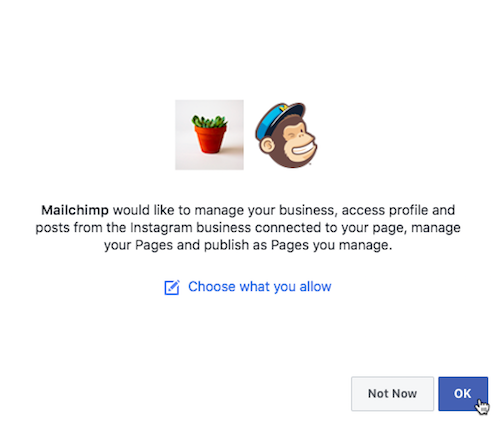
Outdated Tactic #8: Right Column
- THEN – Right Column
- NOW – Audience Network and Stories
Back in 2014, Right Column was the ads placement every professional rushed to untick. Sure, it’s cheap, but standard link preview images got cropped, the text requirements were different… it was more time than it was worth.
Facebook has always had placements that many marketers are either putting in the too hard basket, or mishandling. For someone willing to put in the effort or design resources, they present a serious opportunity
Today, there are two of these placements, and both can be viewed on mobile, in keeping with changing browsing habits: Stories and Audience Network. Many brands view Audience Network as cowboy country, where your ads can show up anywhere, at any point. Then there’s stories: a content format that is consumed entirely differently to the newsfeed, but is often regarded as another box to tick on the placements list. Impose brand safety guidelines for Audience Network and develop separate creative collateral for stories (Facebook is now rolling out the capacity to use different imagery by placement, within the same ads set) for cheaper conversions and increased cut through.
Impact: More ads placements bring with them potential to scale. Allowing for optimisation across less used ads placements bring the potential to reduce CPA.
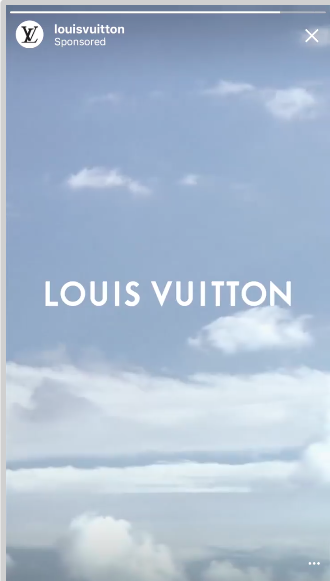
Outdated Tactic #9: ‘Hopefully we don’t end up on Pornhub?’
- THEN – ‘Hopefully we don’t end up on Pornhub?’
- NOW – Brand Safety Controls
There’s something really comfortable to big brands about the newsfeed placement. You know what your ad will look like, where it will feature, the context is controlled.
So when Audience Network came out, with its mysterious ‘selected partners’, a fair number of advertisers were a little nervous. Would ads for budgeting apps end up on a gambling app like ‘Caribbean Stud Poker’ (yes, a real placement). Not sure you want to be giving ad revenue to ‘Sexy Anime Girls HD 4K Wallpapers(Manga Comic)? (Still real, we looked through every one of them).
There aren’t any seriously dodgy websites on the Audience Network clearance list, but if you’re working for a values-based organisation (I service clients that are child-friendly, vegan, and divested from fossil fuels, as a starting point), then it’s time to look into Facebook’s Brand Safety tools.
Whether there are sites you’d like to block as a whole, pages whose instant articles you’re not keen on, or certain divisive topics that you’d rather steer clear of, there’s more power than ever to curate your Audience Network. There’s also plenty of room to use the tools creatively, to shape a custom placement list that suits your brand. Create a list blocking all websites except those in a focus area (finance, news, parenting), to make a custom placement list based on interests. As with most newer tools, there’s still plenty of untapped potential.
Impact: By creating a customised blocklist in line with an organisation’s values, we were able to prevent them from giving ads revenue from an organisation whose values they did not support, and prevented their ads from showing in contexts that contravened their brand values.
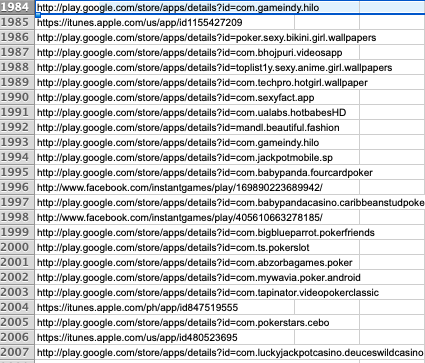
Outdated Tactic #10: Focus on the ads
- THEN – Focus on the ads
- NOW – Focus on the journey
‘The ads aren’t working. Make some new ads.’ This is often solid advice, but a successful campaign goes far beyond the link click. A poor landing page experience will impact your chances of getting that conversion on its own, but did you know you can be penalised by Facebook for a negative experience too?
From a problematic bounce rate, to landing page content that contravenes their terms of service, Facebook is looking beyond your link ads to their destination, and if you’re looking to keep conversion rates and relevance scores high, and CPMs low, it’s essential that you’re willing to spend equal amounts of time and energy optimising your landing pages.
Impact: A smooth, quick and logical transition between ad and landing page will make for lower CPMs and higher conversion rates.
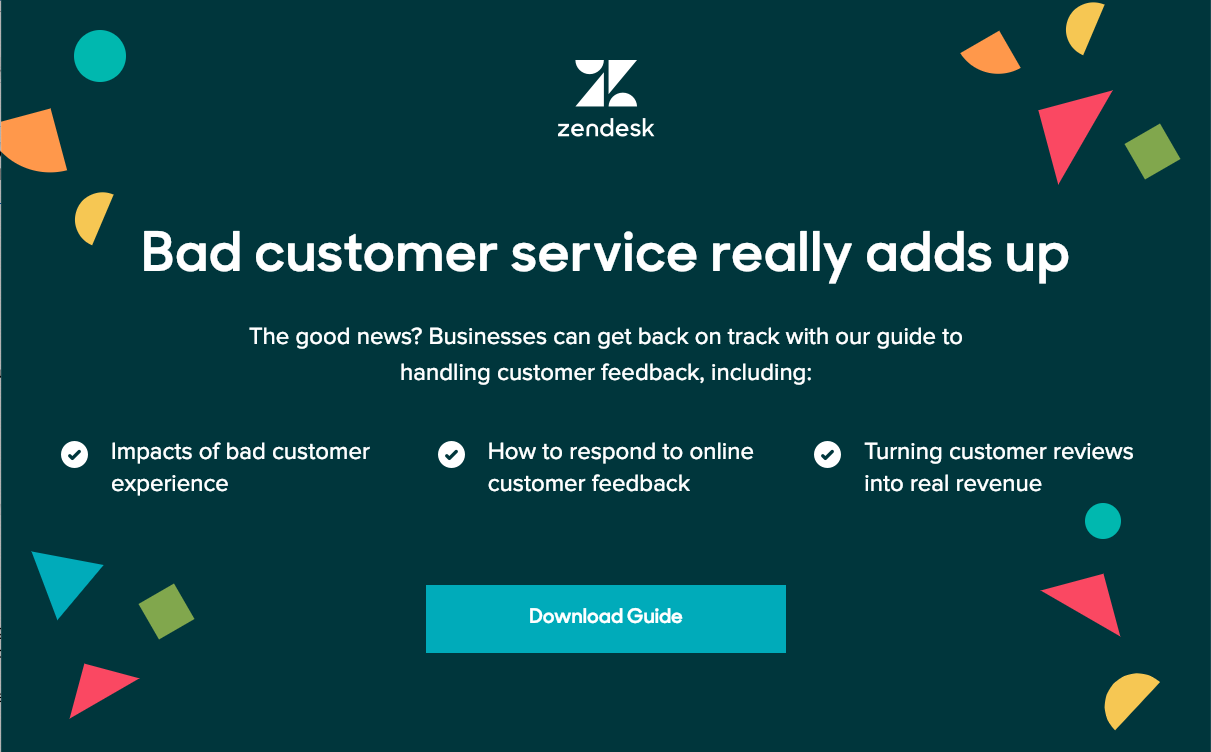
Outdated Tactic #11: Ads covered in text
- THEN – Ads covered in text
- NOW – Eye catching imagery and motion
Ok, I’ll confess to cursing the text overlay limit sometimes, but there are great reasons to embrace it.
Consider the campaigns that have affected you the most, that caused you to remember a brand. Chances are, you either remember a gripping visual, or less than 5 words of text: ‘Just do it’, ‘I’m loving it’, ‘Not happy Jan’.
Then consider the ads where you immediately purchased something. For most people I know, it was something like ‘75% off’. A truly creative angle is memorable, beautiful imagery encourages engagement, motion catches the eye, a great offer results in a click within 2-3 words. Channels that are further into the buying cycle, like Search ads are really well suited to wordy ads, but for social, crafting a meaningful experience that plays on a customer’s emotional triggers will aid with the nurture needed to drive engagement and sales.
Impact: Gorgeous imagery and motion is what draws many of us to Facebook and its partner apps. Give customers what they want, and they’ll remember your brand, and be excited to come back for more.
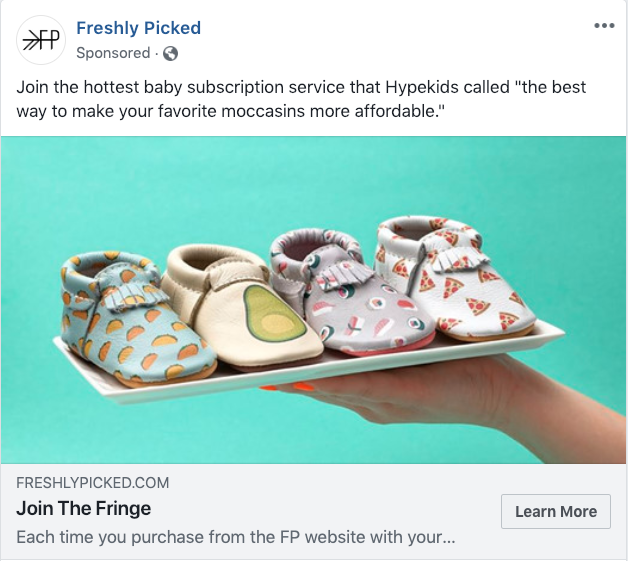
Outdated Tactic #12: Third party targeting segments
- THEN – Third party targeting segments
- NOW – Multi-layer interest targeting
As a consumer, I understand why they were withdrawn, but as a marketer, I miss third party audience segments. While data giants such as Quantium and Experian still provide data science as a service, the prohibitive costs of these agreements put them out of reach of most SMEs, and a significant number of larger companies.
Want to make your Facebook cold prospecting work? Get to know your audience.
Want to recreate affluence targeting? Know what signifies affluence in the place you’re targeting: What phone do they access Facebook from? What industry do they work in? Where do they live?
Want to sell culturally specific goods? Are there languages, foods, TV shows or film stars that are culturally specific?
Arranging each of these interests into layered interest audiences with AND conditions, rather than OR conditions, will allow you to form an audience of your ideal customers. It’s labour intensive, it’s inexact, and it may not even be as effective as third-party data, but for the time being, it’s down to advertisers to safeguard the user experience by valuing privacy.
Impact: Make your best play for high-quality leads by using customer insights in your targeting. Split-test these narrower ads focusses with extremely broad audiences, and use your results to govern further ads optimisation.

Outdated Tactic #13: Using archetypes as brand personas
- THEN – Using archetypes as brand personas
- NOW – Engaging, customised personalities
‘Businesswoman Barbara’ ‘Stay-at-home Susie’ ‘Manager Mark’. We’ve all seen it – a list of ages, job titles and cities, and it’s generally described as a ‘customer persona’.
Demographic segmentation was essential for TV and radio media-buying, but as Facebook’s machine learning capacities have grown more powerful, setting strict age, gender or demographic rules based on suspicions about product affinity are at the same time too much, and not enough.
Too much, because it’s imposing restrictions on factors that the Facebook algorithm can learn by itself, and it’s full of surprises (my cheapest conversions for menopause therapies came via supportive and/or frustrated husbands).
Not enough, because if you’re trying to get specific, there are literally hundreds more important factors to consider than age and gender. We’ve learned to demand more of our digital platforms, and many have delivered.
So, what should you do instead? Create a persona that informs not just your targeting, but your creative. Decide not just on a stock image of your customer, but their speech patterns, their objections to your product, where they source their opinions on your industry, the competitors they’re into, personal motivations, pet peeves, imagery styles, colour palettes, the phones they use… whatever could inform your strategy. From here, you can test tweaking each aspect of your ads individually, in line with your developing learnings about your audience.
Impact: Invest the time to decide on a nuanced picture of your ideal customers – it’ll save you hours of frustrated image sourcing, copywriting and re-copywriting, influencer sourcing and more.
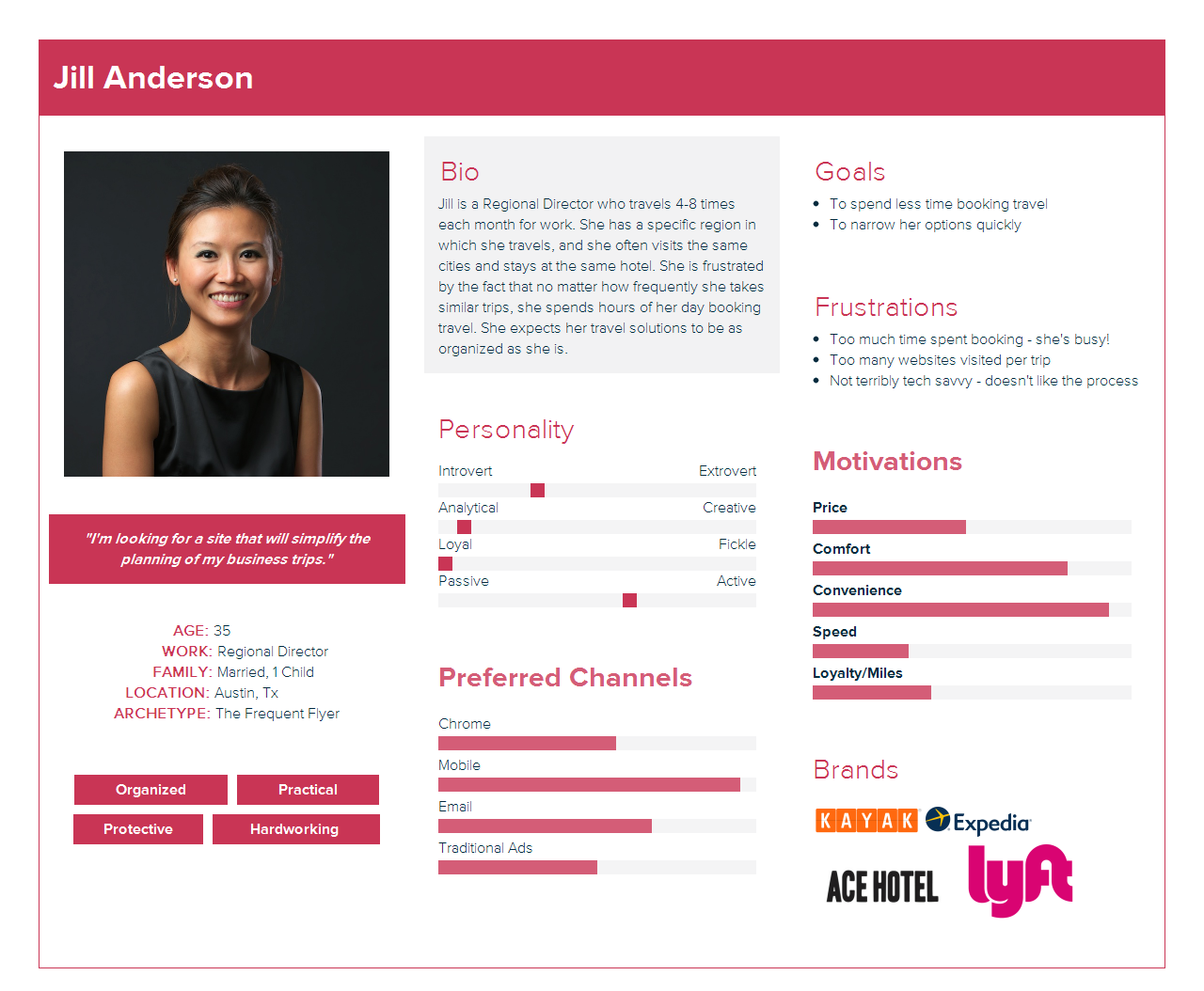
Outdated Tactic #14: Clickbait
- THEN – Clickbait
- NOW – Content that delivers on its promise (fast)
Spending 15 years with a platform has brought with it a lot of learnings, and Facebook users have learned what to trust, and what to skim past.
Just like banner ads viewers working out that they probably aren’t the 50,000,000th visitor to a website, Facebook users are becoming more aware of potential scams, and more impatient to receive what they signed up for.
What does this mean for your campaigns?
It’s time to deliver value, fast. If your video is going to highlight a problem one second in, it had better start solving it by the 5 second mark.
If you’re directing traffic to an article, your first paragraph had better summarise your point.
Social audiences may be freer with their personal data than ever before, but there are two things they aren’t free with – trust, and the time taken to earn it.
Impact: Prospects have a finite ‘to swipe, or not to swipe’ period. Hold on to them during the first 5 seconds, and you’ll be in with your best shot for them to get all the way to the end of the article, video, thank you page or checkout process.
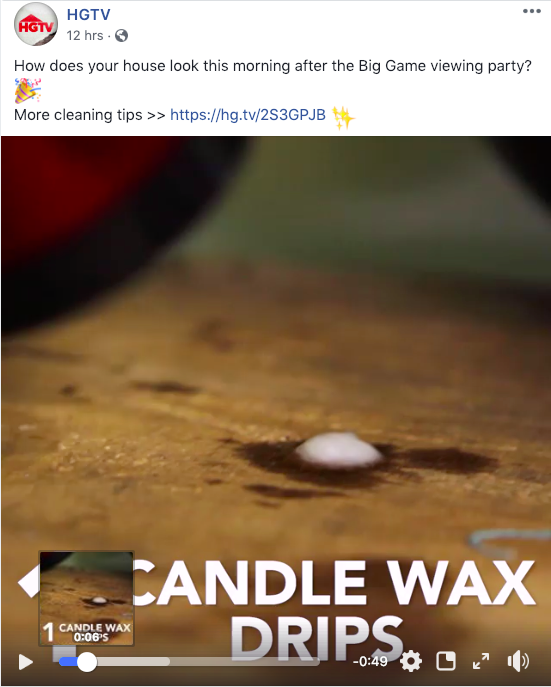
Outdated Tactic #15: Quantity of content
- THEN – Quantity of content
- NOW – Quality of content
Most people working in the industry have heard the all-time classic question: how many posts should we be creating a month?
For us, the answer is pretty simple: how many can you afford to promote, and how do you want to distribute your investment between various goals and content types? As far back as 2012, pages reached about 16% of their fan base, and that metric has declined significantly since, with many pages reporting as little as two percent.
In 2019, a successful Facebook marketing strategy includes promotion. If you’re looking to incorporate Facebook into your paid media plan make sure to discuss promotion strategies and experience with key decision makers or planners, whatever your campaign goals.
Impact: Invest in developing assets that truly resonate with your market, and that are evergreen, able to be leveraged on an ongoing basis. Then make sure there are as many eyes on them as possible by amplifying your reach with paid promotion.
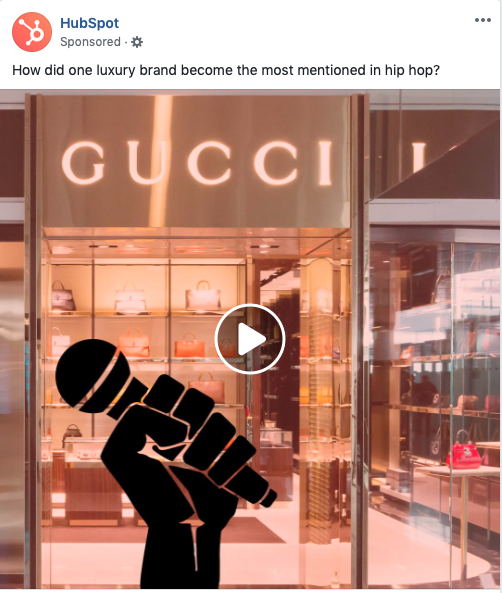
So, where do these changes leave your campaigns?
15 years on, there are more options to customise, enhance your ads campaigns than ever before. Outdated ads types or product features aren’t usually removed, so staying up to date is tough, but essential, in order to select the right tactics.
Stay subscribed to the Facebook Product and Business Update emails, join relevant Facebook groups (I’m a huge fan of Facebook Ads Buyers) and share knowledge and data with your colleagues. With every outdated methodology and pitfall, there’s a way to use research and testing to stay ahead of competitors with less energy or fewer resources.
What do you think? Which ads tactics are you currently the most excited about, and which have you removed from your campaigns for good? Let me know in the comments below.





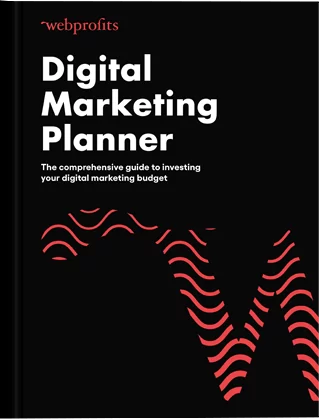
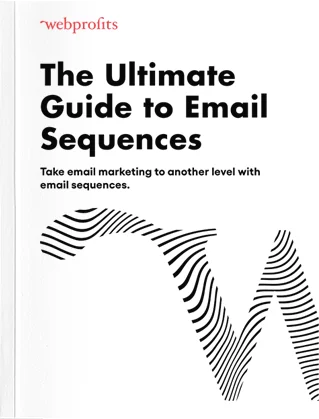
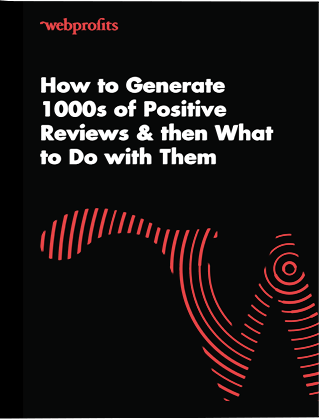
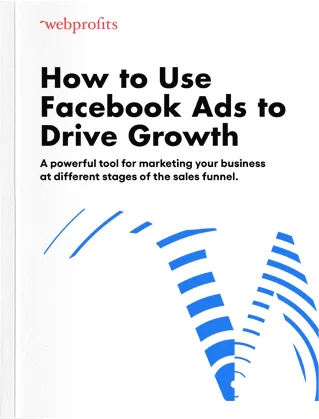
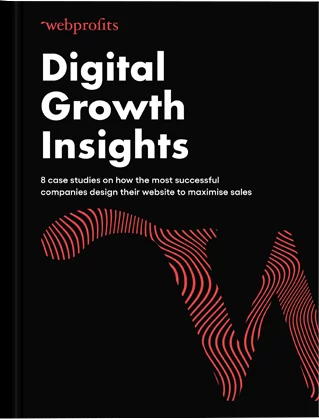
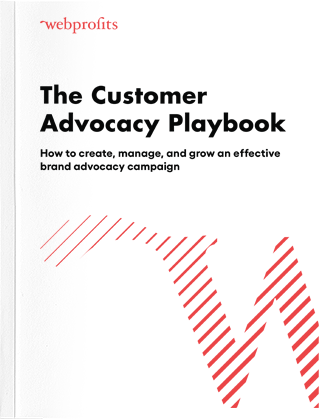
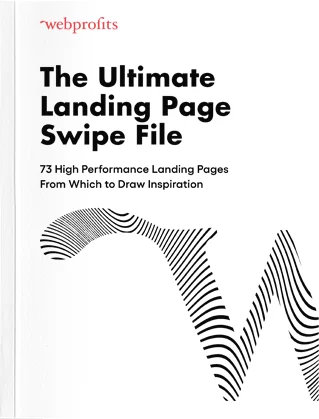

Nice
Hi Natalie,
I am very much impressed by this article as it contains unique information and I got to learn many new things from this article about Facebook marketing. Thanks for the informative article.